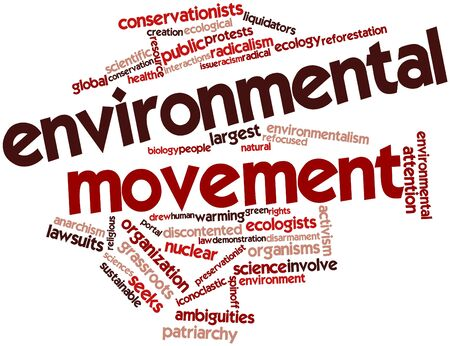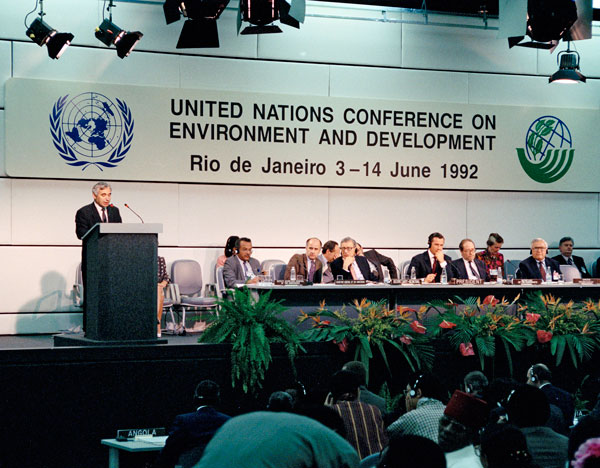The United States experienced rapid population growth during the 19th and 20th centuries. This growth was driven largely by the availability of land, economic opportunity, and the influx of immigrants. As the population grew, so did the nation's industrial sector. Companies increasingly adopted mass production techniques in order to meet the demand of the expanding population.
Unfortunately, industrialization had a significant impact on the environment. Companies were more concerned with making a profit than with protecting the environment, and as a result, pollution levels began to rise steadily. In the early 1900s, people were oblivious to the consequences of industrialization and simply enjoyed the luxuries that the new technologies brought.
World War II and Multilateral Environmental Agreements
Although some environmental regulations were in place by the 1930s, it was not until after World War II that the full scope of industrialization’s impacts on the environment were realized. During this time, the public began to understand the risks posed by pollution and its effects on public health. This understanding led to the passage of numerous environmental laws, including the Clean Air Act, the Clean Water Act, and the National Environmental Policy Act, in the 1970s.
These laws have had a significant impact on the environment. Through the adoption of stringent regulations and the implementation of pollution control technologies, pollution levels have decreased significantly in many areas of the United States. In addition, public awareness of the dangers of pollution has greatly increased, leading to greater support for environmental protection.
However, despite the progress made, pollution remains a serious issue in parts of the country. Poor air and water quality continue to threaten public health in many areas, with some industrial facilities releasing hazardous pollutants into the environment. Additionally, the growing population of the United States is putting pressure on the environment, leading to increased resource consumption and waste generation.
It is clear that industrialization has had a major impact on the environment and public health in the United States. While laws and regulations have been effective in reducing pollution levels, the nation still faces significant environmental challenges. To meet these challenges, it is essential to continue to raise public awareness, strengthen environmental regulations, and encourage the development of new technologies to reduce pollution.
The Road to the Environmental Movement: From the 1950s to the 21st Century
The environmental movement of the 21st century had its beginnings in the 1950s. In 1950, the Public Health Service held the first Conference on Air Pollution, and in 1955, the first piece of legislation to address air pollution was passed. This set the stage for the breakthrough that was to come with the publication of Rachel Carson’s book Silent Spring in 1962. The book brought to light the dangers of pesticide use, and although it was dismissed by chemical industries as fiction and fabrication, it nonetheless sparked a revolution in public awareness and opinion.
The 1960s saw a number of important milestones in the environmental agreements. In 1966, the first list of endangered species was released. The decade also saw increasing concerns about air and water pollution, as well as the rising levels of carbon dioxide in the atmosphere, which had increased by 300 parts per billion.
The second half of the 20th century was marked by the emergence of international agreements on ecological issues. These agreements mainly focused on the preservation of natural resources and the impacts of pollution on the environment and human health. Notable examples include the 1946 International Convention for the Regulation of Whaling, which is widely considered the first international agreement in the domain of environmental protection, and the 1972 Stockholm Conference, which was the first official environmental agreement of the modern era.
Source: United Nations Website
The Stockholm Conference put environmental issues at the center of international discussions and spurred international organizations to take effective steps to address global environmental issues. These efforts were further strengthened by the 1992 United Nations Conference on Environment and Development (UNCED or the Earth Summit) and the 1997 Kyoto Protocol, both of which helped to raise awareness and increase international action on environmental issues.
Today, the environmental movement is a global effort, with many countries around the world taking steps to protect the environment and reduce pollution. The success of the environmental movement is largely due to the efforts of the past few decades, which have paved the way for greater understanding and action on environmental issues.












